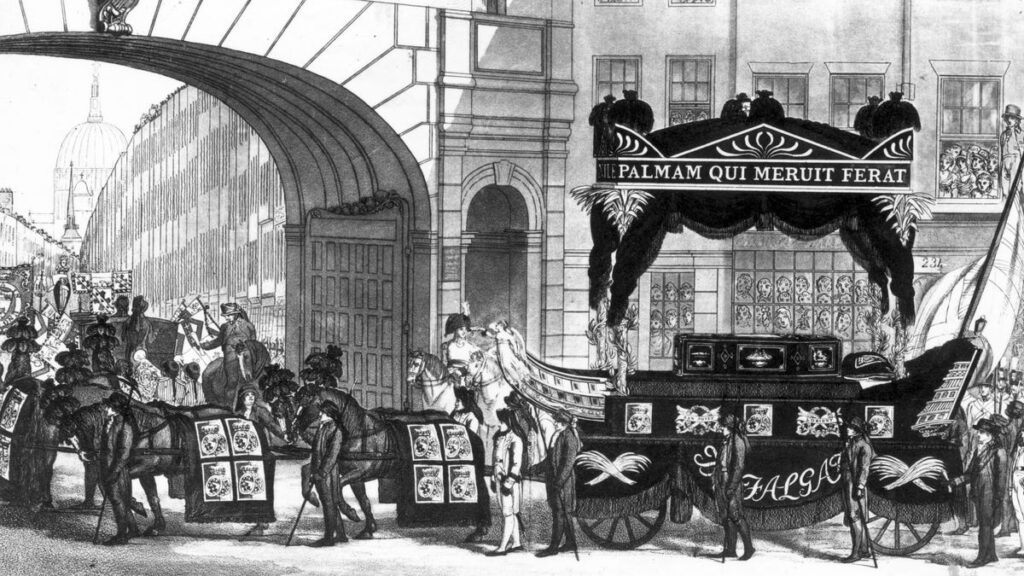The Haunting History Of The Hearse

I unironically love hearses, which is surprisingly not something that stemmed from my high school days as a raging goth but instead through my recent belief that a hearse would probably be one of the best vehicles for road tripping. The back space is literally designed to fit a body. Throw a mattress in there, and it’s like a little house on wheels with the added benefit that I doubt anyone will want to poke around in there.
The Automotive Mistake That Ruins the Movie ‘Halloween’
If you want a visual history of the hearse, you can watch one from Donut Media. But I have my own favorite bits of history to share, too.
What we know as a hearse today originally started out as a way for a few people to carry a dead body from Point A to Point B. But the name ‘hearse’ derives from the Middle English word ‘herse,’ which was a candelabra often placed on top of the coffin. As you can imagine, once you start loading up a dead body with more and more decoration, it gets a little too heavy to carry. Now, you need to put the coffin in a cart or, later, a car.
Humans have made a big deal out of death for as long as we’ve been recording history. Whether you were a Neanderthal engaging in one of the first ritual burials ever, a Viking pushing your dead out to sea in a little boat and then lighting it on fire with a flaming arrow, or a modern-day Tibetan monk chopping up your pal and leaving his body on the top of a mountain, we’re a people obsessed with death and the meaning-making rituals that accompany it.
Hearses are part of that long history—specifically the part of history that began in the 17th century. The same way ancient Egyptians buried pharaohs with tons of luxurious goods, 17th-century folk started decorating hearses. The more elaborate the hearse, the fancier you were.
And things really kicked off in the Victorian era, when literally everything worth decorating had to be sumptuous, rich, and a little gaudy. It was the era of Gothic Revival buttresses and spires, bold floral everything, overstuffed furniture, velvet, and medieval-looking fleur de lys patterns, after all. How are you supposed to let the poors know just how poor they are if you don’t flaunt your absurd wealth at every opportunity — even from beyond the grave?
Those really elaborate hearses were really popular in the United Kingdom and on the East Coast of the United States. Move out to the Midwest, and people just kind of stopped caring so deeply about the carts that took ‘em to the grave. (Whether that’s because Midwesterners didn’t have the luxury of a close-packed city to flaunt their money, or whether that’s because Midwesterners were more likely to derive from austere Scandinavian tradition, I don’t know.)
It was a similar story when they started throwing engines into hearses — and I’ll let Donut Media tell you about that, because my hearse expertise is quite literally horse powered.
Simply put, it took a long time for a motorized hearse to catch on because it cost a lot of money — but now it’s the same story as the past. The richer you are, the fancier your hearse. You want a Maserati hearse? You can get one. You want to go all-out with decorations? You can. You want a massive procession? You got it. It’s a beautiful thing.



